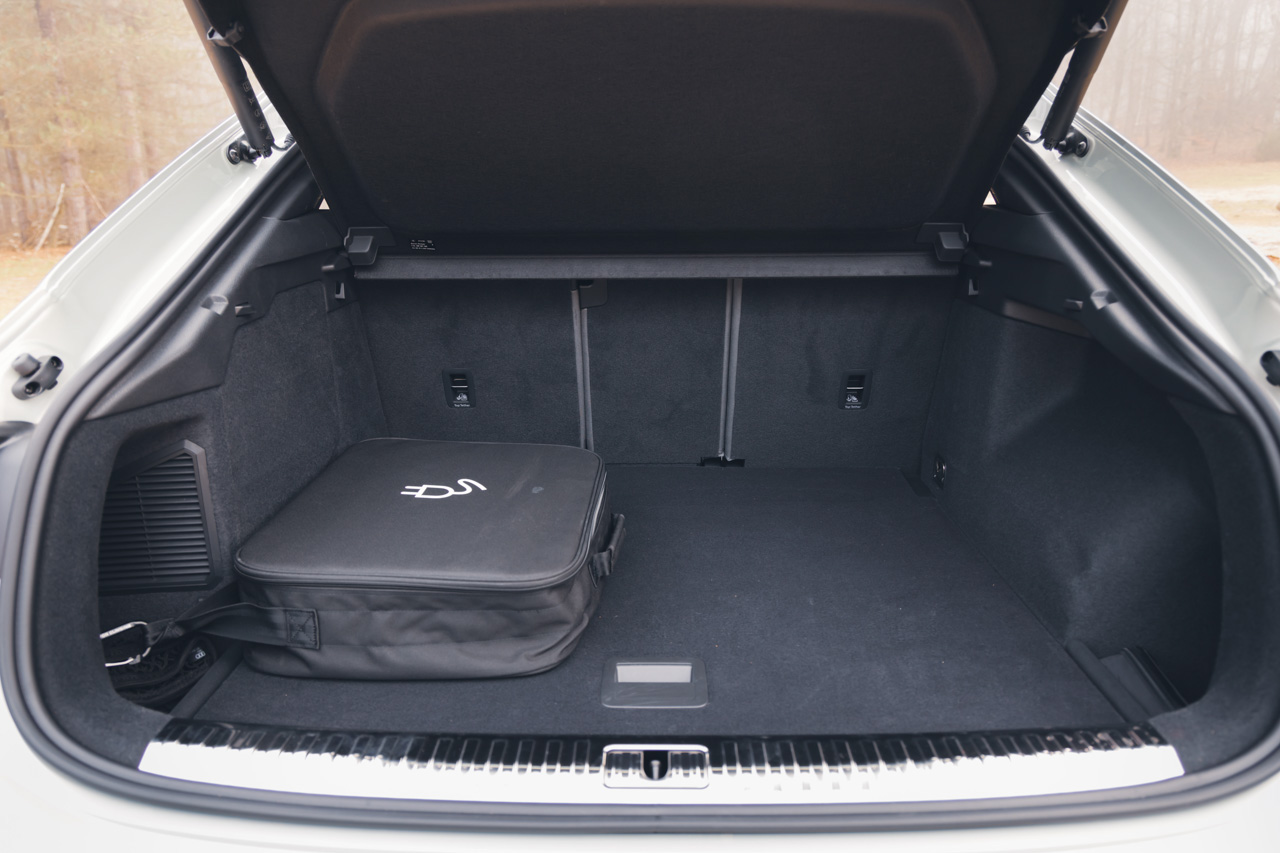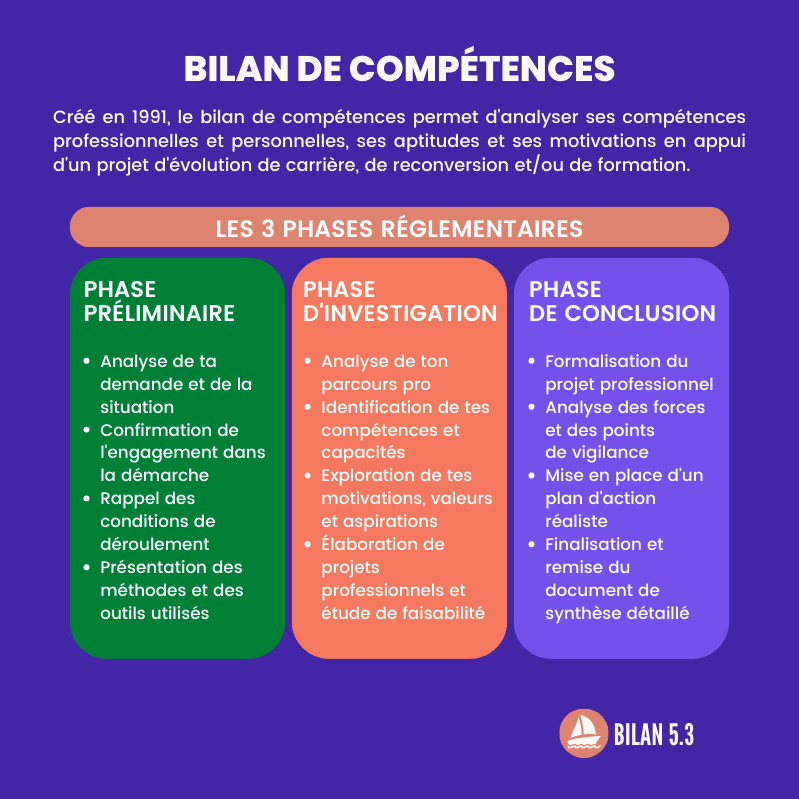
The Audi Q3 plug-in hybrid is an expected definition in the market thanks to its tax advantages. The Sportback coupe SUV bodywork adds obvious appeal, but beware of the cost of using this PHEV formula if you don’t go through the charging box daily.
Car tested: Audi Q3 Sportback 45 TFSI e S line
|
From€54,845
no bonus |
Here comes the turn of the compact SUV from the Audi range! The plug-in hybrid engine well known under the hood of other models of the Volkswagen group is now offered on board the Q3 in its two variants. We chose the pretty Sportback coupé derivative for this test, presented here in a top-of-the-range S line version with a sporty look.
Sporty also in theory with 245 hp of combined power from the 150 hp four-cylinder petrol engine and the 115 hp electric motor. With the S tronic dual-clutch transmission and front-wheel drive (no quattro on the program), the whole thing looks promising and well suited to this type of vehicle, while diesel is in free fall and gasoline is often greedy . The Q3 also benefits fromadvantageous taxation highly appreciated by fleet managers, since it is exempt from penalties such as new annual taxes replacing the TVS.

Audi Q3 Sportback plug-in hybrid price
With a call price of €50,335, the Q3 TFSI e is charged €3,015 more in Sportback compared to the classic bodywork. Despite some differences in equipment (automatic air conditioning, progressive steering as standard), the difference is significant. Passing the €50,000 mark, the Q3 Sportback plug-in hybrid is not eligible for the €1,000 bonus in effect until June 30, 2022, unless you negotiate a discount and refrain from taking any option on the basic model, without navigation.
Displayed at €54,845, our top-of-the-range S line version is €1,780 more expensive than the 40 TFSI quattro petrol with its 190 hp and all-wheel drive, but it is €570 below the 40 TDI quattro diesel (200 ch) equivalent. In addition to its sportier gray and black exterior finishes, 18-inch rims and sports seats, we note the presence as standard of the MMI navigation plus multimedia system.


However, you will have to dig into the list of options to be entitled to electrically adjustable (€780) and heated (€380) seats, a reversing camera (€460 or €890 for a 360° view), a sunroof panoramic (€1,450), the adaptive cruise control (€440) or the Apple CarPlay and Android Auto functions (€600). In short, to obtain a complete model like the one we had to test, the bill quickly rises to nearly €60,000.
With an approved electric range of 50 km, the useful 10.4 kWh battery does its best. But for its recharge, patience: it will take at least 3 h 45 on a terminal of 3.6 kW. Suffice to say that the use of such a vehicle is confined, in electric mode, to short journeys associated with daily recharging at the office or at home. For the rest, hybridization will have to prove itself on the consumption side. Fortunately, we will see, the work of Audi engineers is quite convincing on this level.
Driving

The artificial noise that accompanies the electric mode automatically engaged at start-up is halfway between a sound evoking the performance and a quiet hum. In short, it reflects the sensations experienced at the wheel of this very balanced plug-in hybrid SUV which, with 7.3 s from 0 to 100 km/h, offers satisfactory acceleration, without aiming for sportiness. It’s neither the character of its powertrain, nor the vocation of its handling. And that’s a good thing, because such a family SUV is appreciated in smooth driving, fast if you want, but smooth.
For it, the hybrid system is particularly pleasant, with imperceptible hybrid electric transitions, great elasticity and solid pick-up, as well as a brake pedal offering a good feeling. The increased weight reaching 1.8 t does not feel too much at the wheel, while the controlled suspension (+ 850 € here) does wonders to soften the feeling of the road while maintaining good dynamic qualities. In the absence of a sports chassis with this engine, the whole thing remains very comfortable in any case.

Different driving modes are offered on board this Audi Q3. The first ensures 100% electric driving, the second hybrid driving with automatic management linked to navigation, a third allows the current charge to be preserved with a view to a future zero-emission journey, while the battery charging mode significantly increases fuel consumption. In terms of efficiency, with a winter temperature close to zero, we only managed to travel all-electric for about thirty kilometers on a route combining city, road and motorway, with 31 kWh/100 km in average consumption. We are far from 50 km from approval!
Once the battery has been drained, hybrid operation remains pleasant, with numerous interventions by the electric motor (25% of the journey according to the on-board display) and a good surprise on the consumption side: 7.1 l/100 km and 3.8 kWh/100 km in quiet driving on the road. The tank limited to 45 l instead of 60 l then allows about 600 km of autonomy, which is acceptable. The Q3 is even more efficient in town with a consumption of 5.9 l/100 km and 11 kWh/100 km thanks to numerous all-electric starts, the slowdowns allowing the battery to be recharged by regeneration.
On board the Q3 Sportback S line






Competetion
Competitors ticking the premium SUV coupe and plug-in hybrid boxes are not legion on the market. This Q3 Sportback’s most natural rival is the BMW X2, available in a 220hp xDrive25e version from €48,600. With a higher trunk volume (410 l), a slightly more aggressive price and all-wheel drive thanks to its electric motor placed on the rear axle, it represents an interesting alternative.
Among the more traditional SUVs, to be opposed rather to the standard Q3, the Mercedes GLA 250 e offers 218 hp of power and above all a range of up to 70 km thanks to its large 15.6 kWh battery, compatible here with fast charging (39 min in DC 24 kW). A vehicle displayed at a similar price, from €49,600. Its carrying capacity is also reduced in this version, which retains a useful volume of 385 l.
On the Land Rover side, with the Range Evoque P300e, the bar rises higher with 300 hp in total and all-wheel drive, obtained in the same way as at BMW. Here, performance and all-terrain capabilities are on the program for a price a notch above: count 60,590 € minimum to access it. Finally, let’s mention the Volvo XC40 Recharge in T4 or T5 versions (211 and 262 hp respectively), which trades from €47,600.
Discover the results of the test, the technical sheet and the options on the following page.















